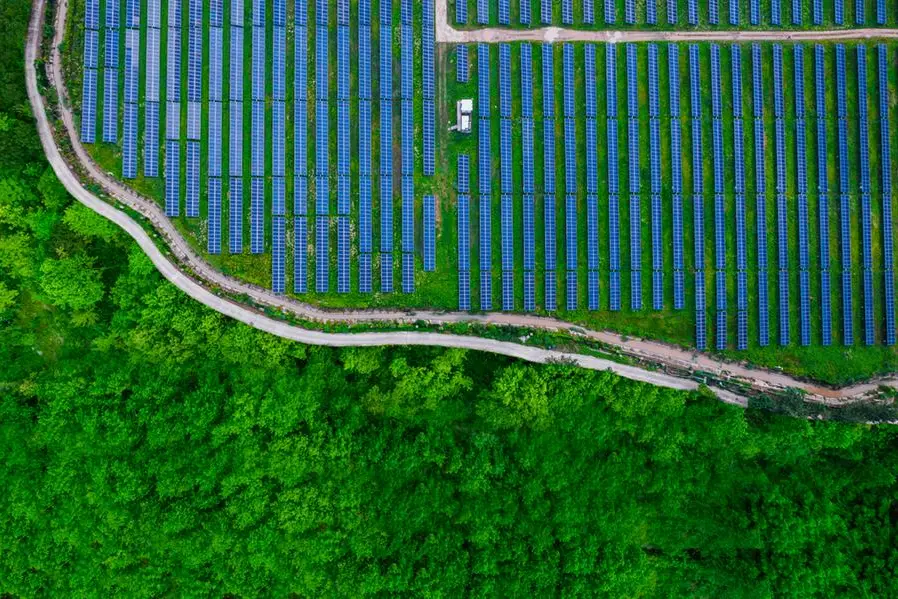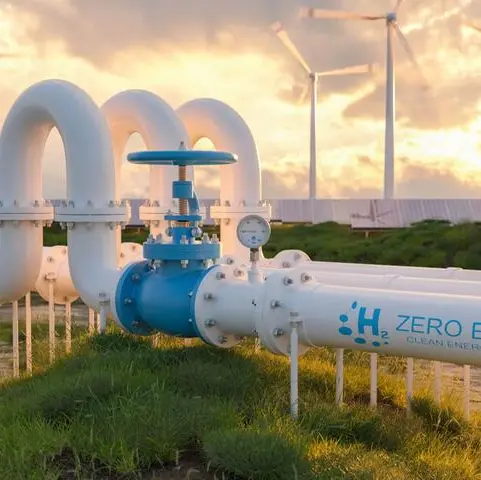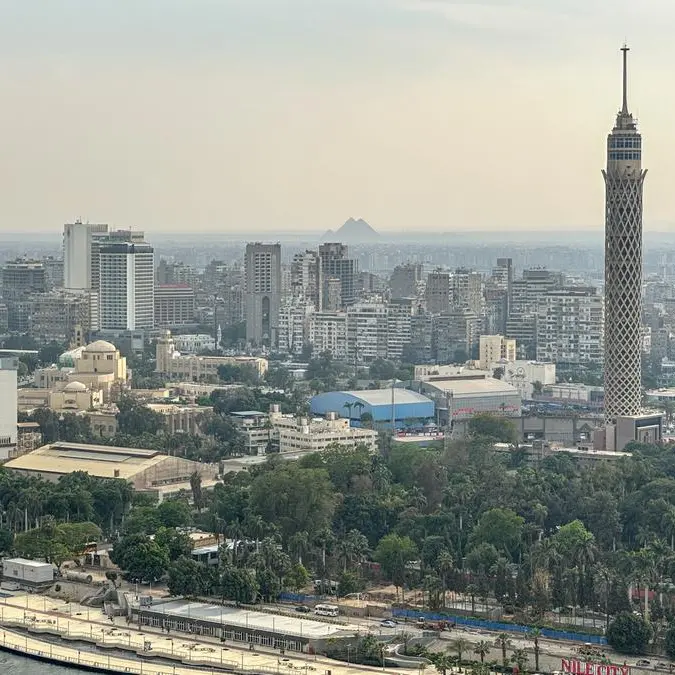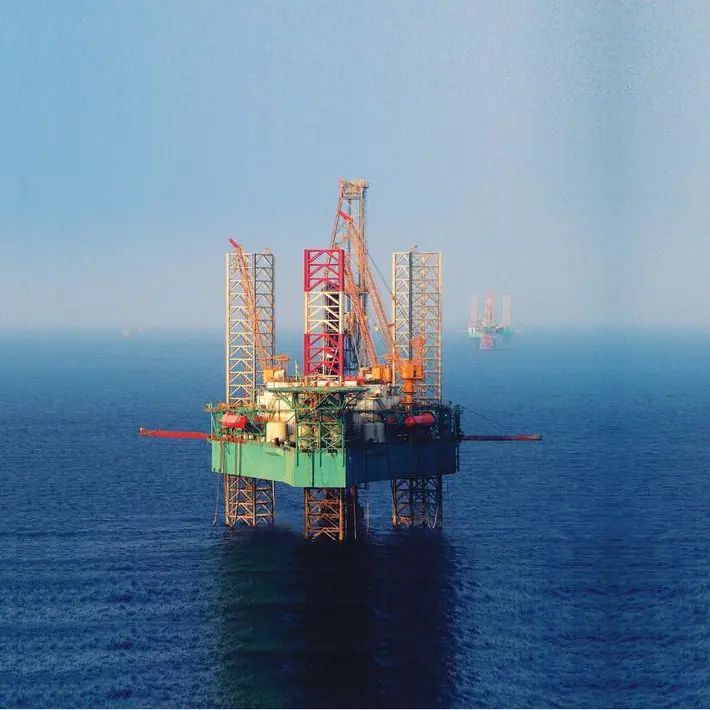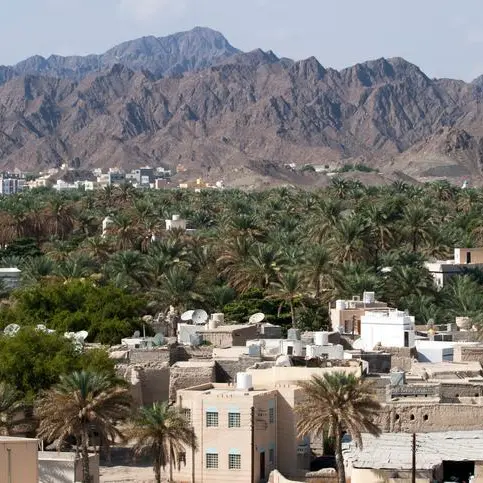PHOTO
BEIJING: The International Energy Agency's forecast showed that by 2025, renewables will provide 10,799 TWh per year-35 percent of total global electricity demand, Zhang Shaogang, Vice President of the China Council for the Promotion of International Trade, said.
In his speech at the Clean Energy Forum of the China International Supply Chain Expo (CISCE) held on Tuesday in Beijing, Shaogang said decarbonisation of the industrial chain, or supply chain, will become an unshakable future direction, triggering all-round changes in technologies, industrial forms, employment directions, and even lifestyles.
With a focus on the theme of International Collaboration for Clean Energy Supply Chains, Zhang emphasised to China Economic Net that as the world's largest energy producer and consumer, China has actively and steadily promoted carbon peaking and carbon neutrality, facilitating the rapid development of clean energy.
Currently, China holds the top global rankings in installed capacity for hydroelectric power, wind power, photovoltaic power, biomass energy, and nuclear power. Consequently, it has emerged as the largest clean energy market and a leading country in equipment manufacturing.
To actively promote the green Belt and Road joint construction, China has also cooperated with more than 100 countries and regions on green energy projects. Its photovoltaic module industry accounts for over three-quarters of the world's share, and key wind power components output accounts for more than 70 percent of the global market.
"According to the International Energy Agency's expectations, the clean energy technology market will reach US$650 billion by 2030, and the number of clean energy manufacturing jobs will reach 14 million, showing a very bright market prospect," Margit Molnar, Head of China Desk, OECD Economics Department, mentioned.
"If it develops as expected, by 2050, the global market size of clean energy under the prospect of net-zero emissions will be about ten times that of the oil market. Of course, it assumes that all countries will fulfil their development commitments on schedule, which requires global efforts; thus every minute counts."
As of the end of September, China's renewable energy installed capacity reached 1.484 billion kilowatts, exceeding the scale of coal power installed capacity, among which the installed capacity of solar power generation is approximately 540 million kilowatts, as well as the wind power generation is approximately 410 million kilowatts.
When it comes to the hydrogen energy, the country's annual hydrogen production exceeds 35 million tons, making it the world's largest hydrogen producer. More than 300 hydrogen refueling stations have been built, signifying hydrogen fuel cell vehicles gradually enter the lives of ordinary people. In every sense, a stable industry chain has begun to take shape.
Jens Eskelund, North Asia Chief Representative of Maersk, said, "We choose green methanol as a short- and medium-term solution to help us achieve our decarbonisation goals. We are convinced that China can become the world's leading green methanol supplier with its abundant resources and unparalleled production capacity. This month, Maersk has just signed the first related purchase agreement with our Chinese partners. The supply of this order can cover half of our current orders for methanol-powered ships."
At the end, the Net Zero Initiative, initiated by the International Investment Alliance for Renewable Energy, was officially released. All parties will continue to inject new impetus into the clean energy industry to promote the green transformation and recovery of the world economy.
